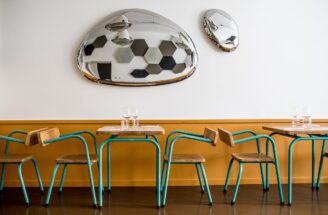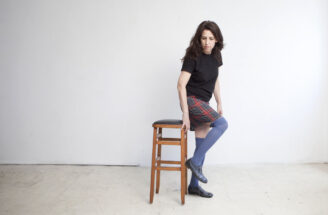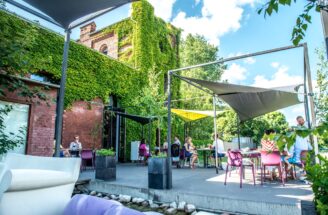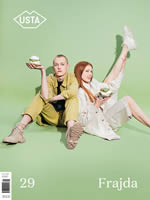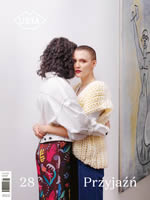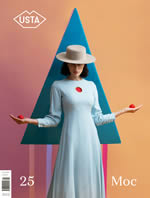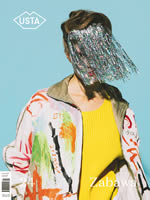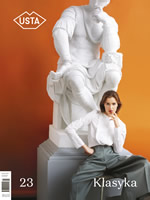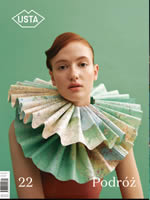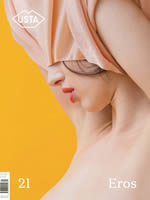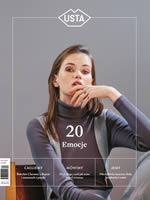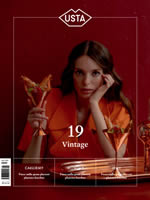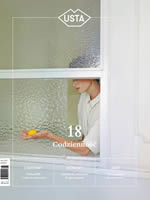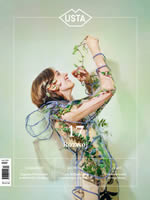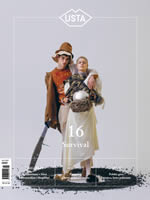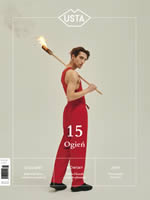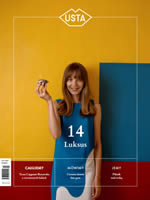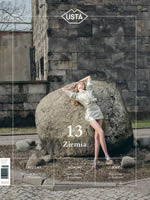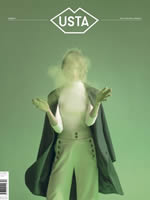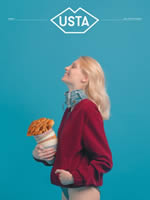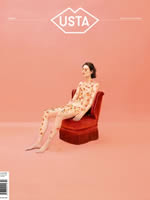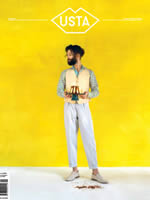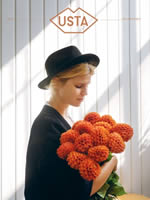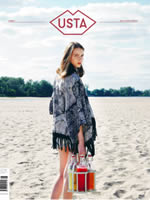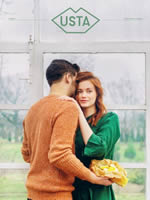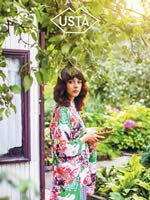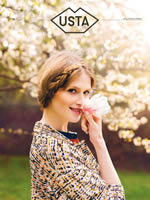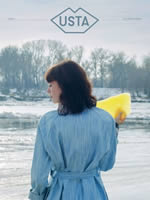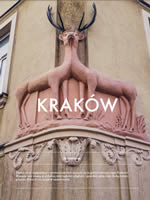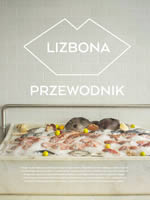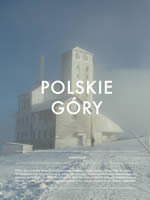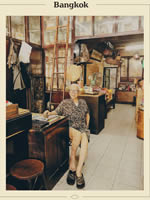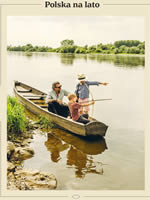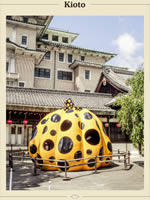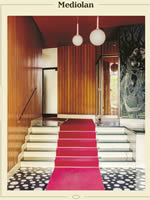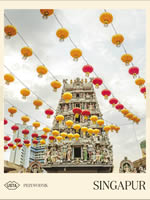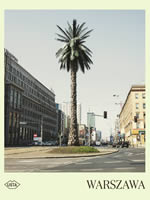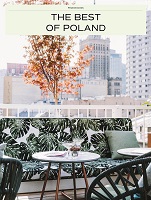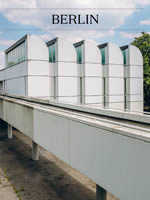The theatre in Poland has a special rank. Since King Stanislaw August appointed the National Actors 250 years ago, Poles consider theater as a public institution shaping social awareness and national identity. As Americans await the Great Novel that will tell their stories, so the Poles look out for the Great Dramas. And several of them were published.
Among them is Wyspiański’s “Wesele”- a drama from 1901, describing the wedding of a peasant girl from a village outside Cracow and a representative of the Cracow’s bohemia. At the wedding two social groups confront each other: the peasantry and the intelligentsia, which can’t create a national community. This is one of the most important and most frequently played drama in Polish repertoire, describing drastically the Polish inabilities and complexes. The paradox is that the author is describing the events without mentioning even once the wedding table. After all, rural weddings are to this day a great theatrum culinae, show social aspirations, hope for a better life.
Prof. Anna Królikiewicz, artist-painter from the Academy of Fine Arts in Gdańsk, and an expert in the field of theatre and a food critic Maciej Nowak are going to reconstruct this gastronomic universe. Based on local products of Malopolska, after studying the sources of the era, they will present to the modern viewers the sensual and flavor vision of the Polish national weddings dating back 100 years.
The band is still playing nervous rhythms, but the party is slowly dying. On the tables there are remains of the feast, and the wedding guests had a lot of alcohol. Its scent fills the entire room. – If Chopin were alive, he would drink – says in the Wyspiański’s play a character, called Nos, for who Stanislaw Przybyszewski, known throughout Europe modernist Polish writer, was a role model. National discussion in a climate of decadence, drunken delusions and escape from political realism.
The place itself will refer to the reconstruct of the multi-sensory experience at all levels of senses: before we taste the food, according to research on physiology, we experience the reality by color, steam, gloss, texture, temperature, smell, touch. In addition to the synesthesia, key to the art installation, is the key to the survival of Polish rural household from the late nineteenth and early twentieth century: fermentation, drying and smoking.
A sister art installation will be constructed September 25, 2015 in Bronowice at the ArtBoom Festival: site-specific work, rooted in Wyspiański’s drama “The Wedding” and the wedding of peasant girl from a village outside Cracow and a representative of the Cracow bohemia. Królikiewicz refers to the paradoxically absent wedding table in the drama and examines the sources of the era. Seeking context and a form she is asking herself if she could recreate something you can hardly guess, make present something that doesn’t exist.
Quadrienalle, Prague
18-28.06.2015
http://www.pq.cz/en/
The wedding that never happened


